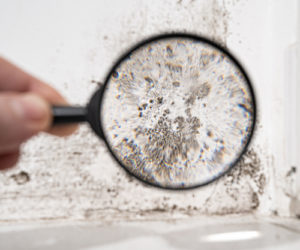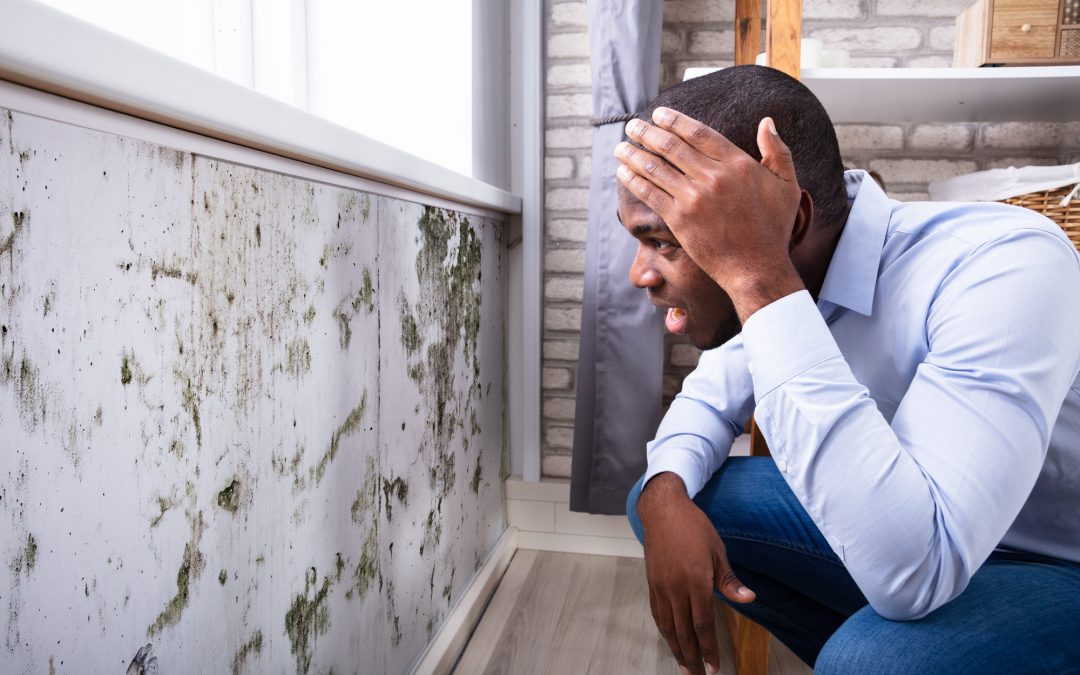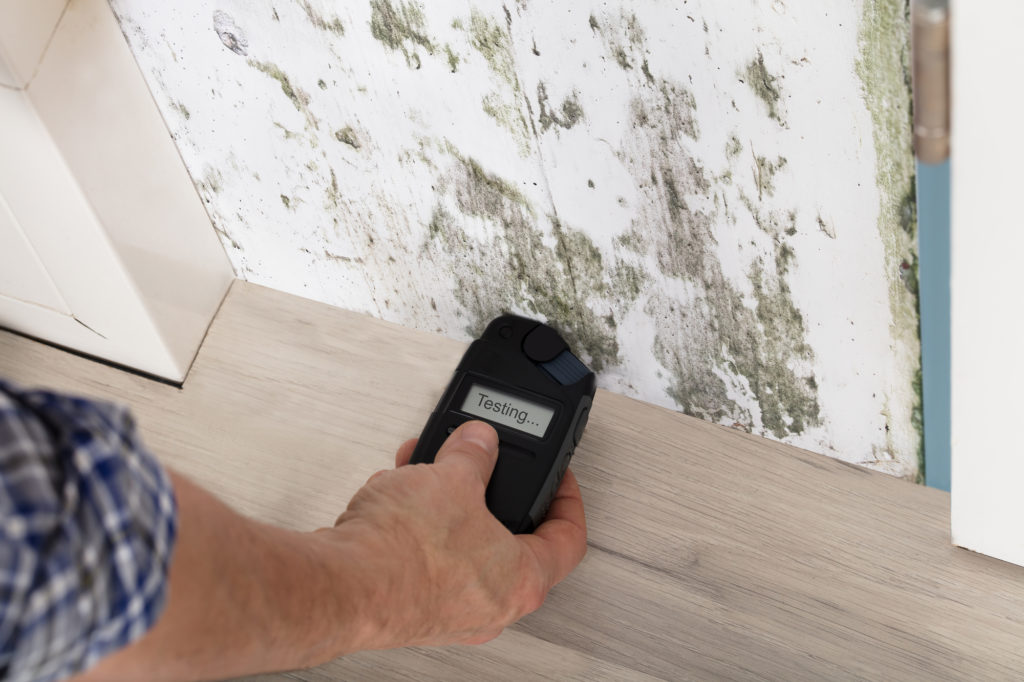Efficient Post Mold Remediation Cleaning Protocols
Efficient Post Mold Remediation Cleaning Protocols
Blog Article
Effective Article Mold Removal Solutions for Your Home
Mold development in homes can be a relentless issue, typically calling for a systematic approach for effective post-remediation solutions. From recognizing the variables that add to mold development to carrying out appropriate cleaning techniques and dampness control procedures, the procedure can be elaborate yet important for keeping a healthy living setting. In addition, exploring all-natural remediation solutions and establishing a regular for ongoing maintenance are essential parts of a thorough mold and mildew remediation technique. As property owners make every effort to deal with mold issues, discovering the most efficient remedies becomes vital for the health of their houses.
Recognizing Mold And Mildew Development Elements
The main aspect contributing to mold growth is dampness. Mold spores call for moisture to flourish and sprout, making moist or damp environments extremely at risk to mold infestations.

Moreover, air flow and light exposure can influence mold development. Locations that lack correct air flow and all-natural light are much more vulnerable to mold and mildew growth. By resolving these aspects adequately, individuals can successfully mitigate mold growth and guard their living atmospheres.
Correct Mold Cleansing Methods
Making use of effective cleansing techniques is vital in stopping the reoccurrence and dealing with of mold and mildew contamination in indoor atmospheres. When managing mold, it is essential to prioritize safety and security by wearing protective equipment such as goggles, gloves, and masks. The very first step in proper mold and mildew cleansing is to include the damaged location to stop the spread of spores to unpolluted locations. This can be attained by sealing the space and making use of air scrubbers or unfavorable air makers to preserve air top quality.

Executing Moisture Control Measures
To effectively protect against mold and mildew development and contamination in indoor atmospheres, applying wetness control actions is critical. Moisture is the main factor that gas mold development, making it essential to handle humidity degrees within the home. One efficient procedure is to make use of dehumidifiers to maintain interior moisture degrees listed below 60%. In addition, guaranteeing proper ventilation in locations susceptible to moisture build-up, such as kitchen areas and shower rooms, can assist reduce the threat of mold growth. Frequently checking and fixing any leaks hop over to here in pipes, roof coverings, or home windows is likewise important in stopping excess wetness buildup. Using exhaust fans while food preparation or bathing, and allowing air flow by keeping furnishings slightly far from wall surfaces can help in dampness control. Utilizing moisture-resistant products in high-humidity locations, such as mold-resistant drywall and paints, can be valuable. By vigilantly implementing these moisture control actions, property owners can properly minimize the chance of mold and mildew recontamination and preserve a healthy and balanced interior setting.
Using Natural Removal Solutions
After efficiently implementing wetness control steps to protect against mold development in indoor environments, homeowners can now discover the effectiveness of all-natural remediation solutions in preserving a healthy living room. All-natural remediation solutions make use of ecologically friendly methods to fight mold and mildew and mildew, making them a preferred selection for those seeking non-toxic choices. By incorporating these all-natural removal remedies into their cleansing routines, homeowners can efficiently deal with mold development while promoting a healthier indoor atmosphere for themselves and their households.

Maintaining a Mold-Free Environment
Regularly examining areas prone to mold growth, such as shower rooms, attic rooms, cooking areas, and basements, is critical. Appropriate ventilation in areas with high humidity levels is additionally key to protecting against mold and mildew growth.
Additionally, keeping cleanliness in the home is important for mold prevention. Maintaining interior plants in check and making sure proper drain in exterior landscape design can minimize dampness build-up, minimizing the chance of mold and mildew problems.
Final Thought
To conclude, it is important to attend to mold and mildew growth factors, use correct cleansing techniques, apply wetness control measures, utilize all-natural remediation options, and preserve a mold-free atmosphere the original source in order to effectively take care of message mold and mildew remediation in your house - After mold remediation. By complying with these techniques, you can protect against mold from reoccuring and ensure a healthy and balanced living atmosphere for you and your family
The key aspect adding to mold and mildew growth is wetness. Mold spores require dampness to grow and germinate, making humid or damp atmospheres very vulnerable to mold invasions.To properly prevent mold development and contamination in interior atmospheres, executing moisture control procedures is vital. Additionally, guaranteeing correct air flow in areas susceptible to moisture buildup, such as kitchens and bathrooms, can aid decrease the threat of mold growth.After successfully carrying out look what i found dampness control actions to stop mold development in indoor environments, house owners can now explore the effectiveness of natural remediation remedies in maintaining a healthy and balanced living room.
Report this page